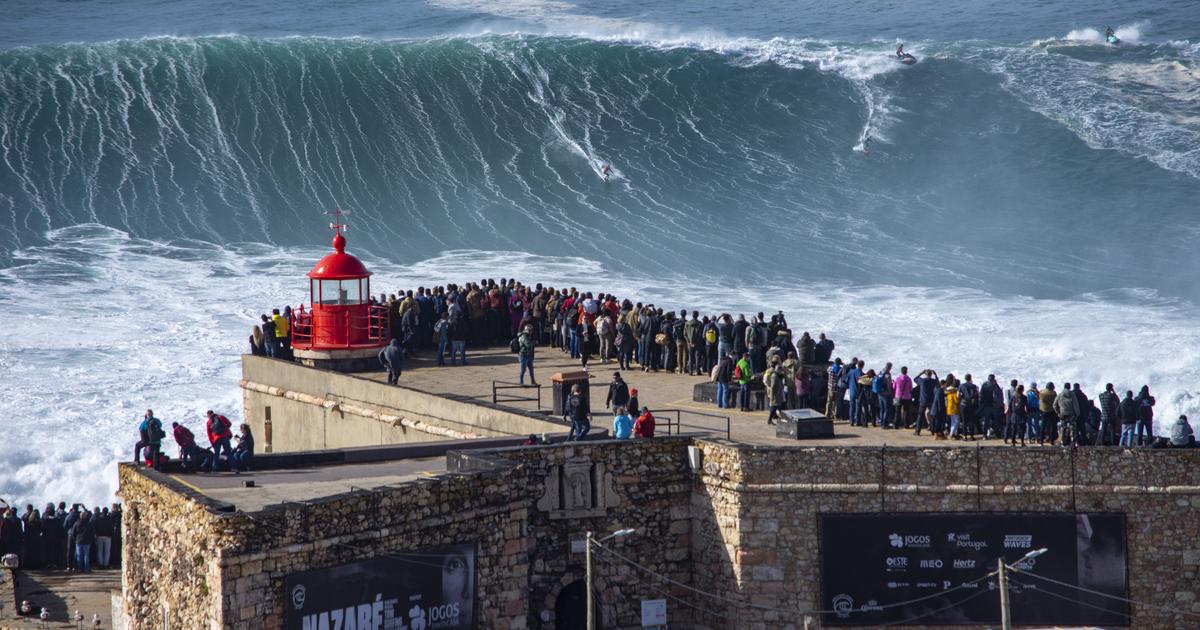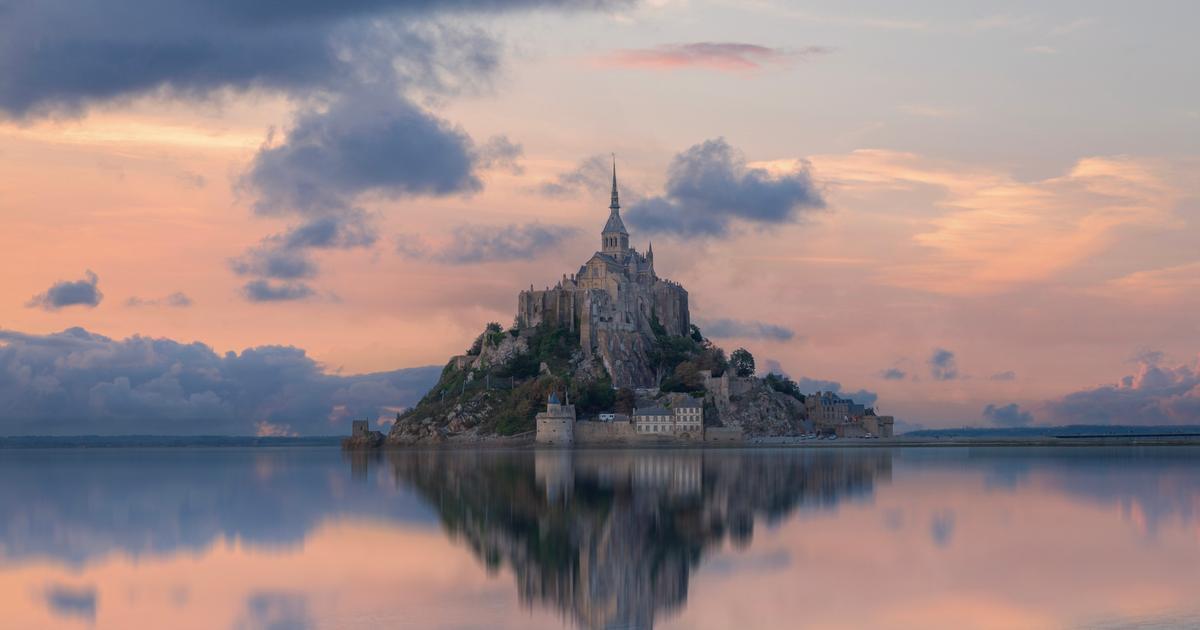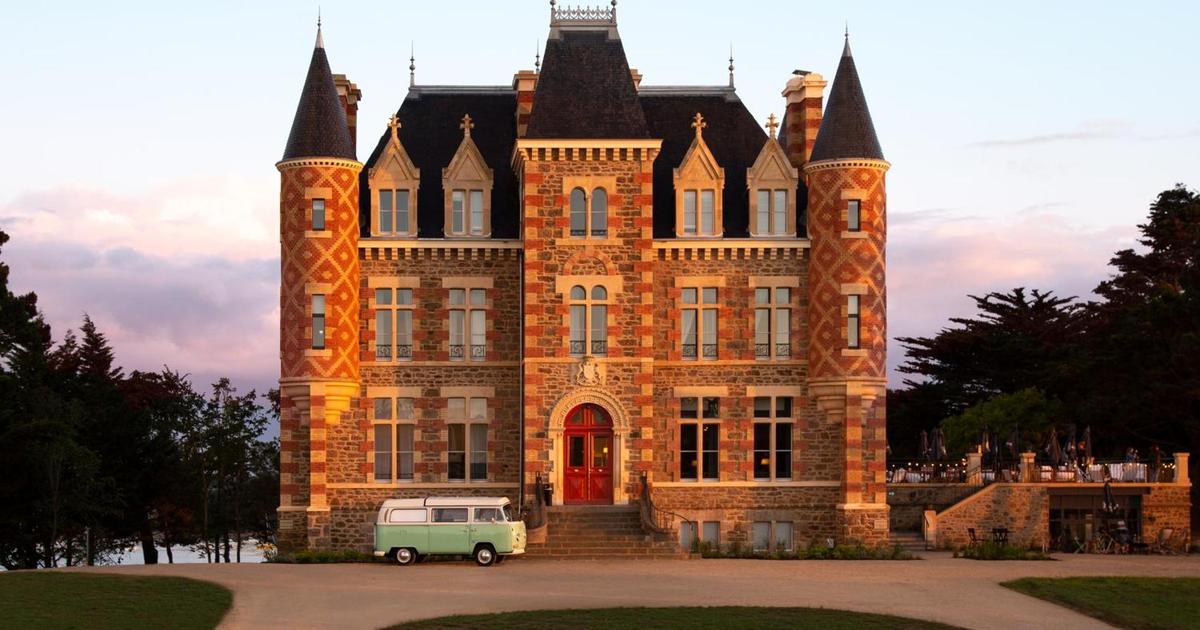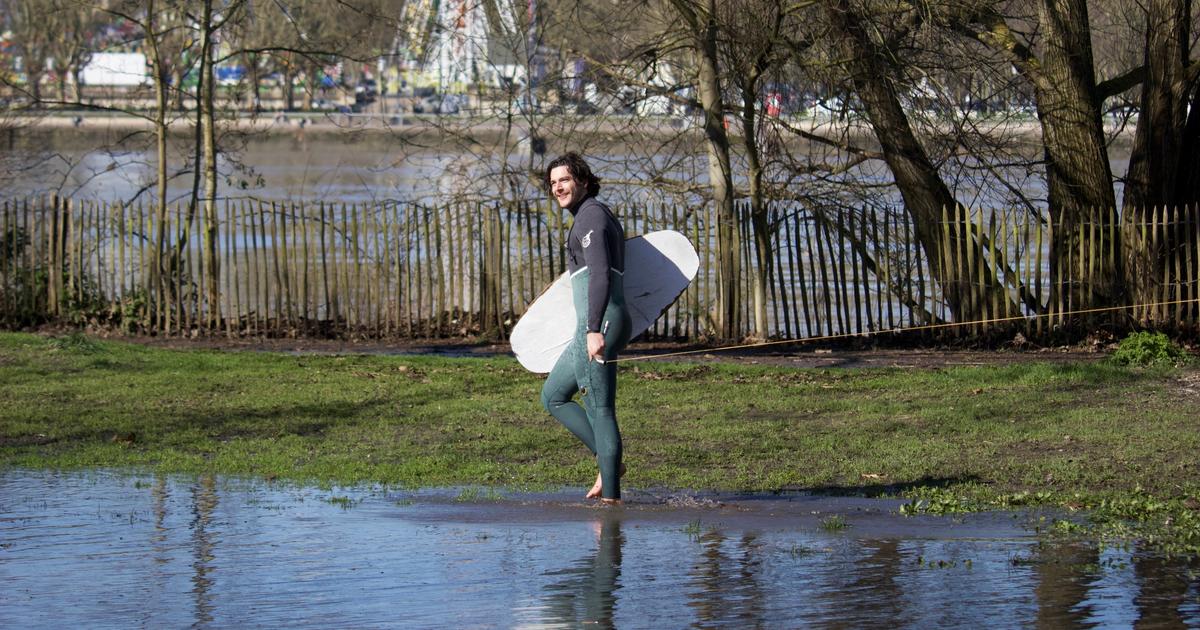It was a year ago. A yachtsman who fell from his tender and entangled in a tide of green algae was rescued in the cove of Zanflamme in Larmor-Plage (Morbihan). The drama was narrowly avoided. This is precisely where Corinne has lived for two years. From her apartment, the sixty-year-old enjoys a breathtaking view of the port and the mudflat which begins to grow green each spring. “It smells like rotten eggs all summer long. At low tide, the seaweed carpet is thick like that, she explains, spacing her hands about twenty centimeters apart. Last year the smells were unbearable at night. "And to add:" The State and the communities do not do much. "
The association Eau et rivières de Bretagne, for its part, is determined to move the lines.
Today she is organizing a demonstration against the green tides in Lorient.
The start is given at 10:30 am at the Cité de la voile.
"A 3 km stroll will take us to Kernevel beach in Larmor-Plage where we will invite participants to put their heads in the sand in order to imitate our policies which have been ostrich for years", details the president of the Alain Bonnec association.
Health risks
The phenomenon has been affecting Brittany for more than 50 years. The place of the mobilization, the department of Morbihan, was not chosen by chance. Lorient harbor, like the other mudflat areas, is not included in the Plan to combat green algae blooms (Plav). When developing the latter, only the areas affected by strandings on sandy foreshore were retained. However, 46 sites with green algae on mudflats were identified in Brittany over the period 2008-2018, representing a little more than 1000 ha of surface, of which 54% on the only department of Morbihan. "We ask that they be taken into account," insists Alain Bonnec.
A recent Senate report supports this point.
Observations made last April by the Center d'Etude et de Valorisation des Algues Vert (CEVA) show that the mudflats of the Gulf of Morbihan and the Ria d'Étel “are already covered with dense deposits, as was the case. in 2020 and 2019 ”.
Read also Côtes-d'Armor: the fight of a retiree against green algae
If the putrefaction of algae causes health risks because of the emanation of hydrogen sulphide, the impact on the environment is also significant.
“Everything is dead below.
Fishermen on foot no longer go there, ”remarks Alain Bonnec.
Still high nitrate levels in rivers
To make matters worse, these ulvae cannot be picked up on mudflats, unlike beaches. Last year, the prefect of Morbihan invited the mayors to install information panels near the sites affected by the strandings, or even to prohibit access if necessary. “Elected officials then called us to find out where to put the signs. It's amateurism! »Denounces Pierre Loisel, Water and Rivers delegate for Morbihan.
The association calls for strong and effective actions to put an end to the scourge.
While several tens of millions of euros have been devoted to green tides since 2010, the nitrate level in Breton rivers (partly responsible for proliferation) is still far from the recommended 10 mg / l.
In particular because farmers are encouraged to limit their nitrogen emissions, but only on a voluntary basis.
Seized by Eau et rivières, the Administrative Court of Rennes also condemned Friday, June 4, the State to strengthen the plan to fight against nitrates of agricultural origin in the watersheds affected by the stranding of green algae and this in within four months.









